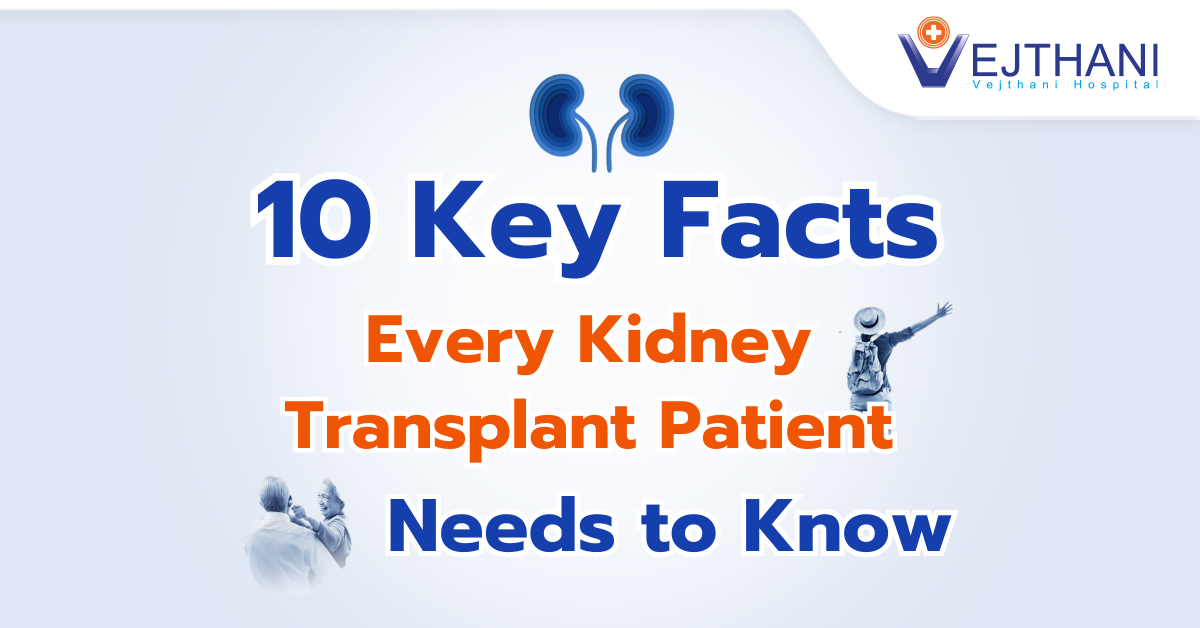
Electrocauterization
Overview
Electrocauterization is a type of electrosurgery where an electrical current is applied directly to tissue. This technique allows for clean tissue cutting without causing charring and can also be used to create controlled areas of scar tissue. Another form of electrosurgery, fulguration, generates heat through a spark to selectively destroy cells. Both methods utilize electrical currents for precise tissue treatments without passing the current through the entire body.
There are two methods for electrocautery procedures:
- Monopolar uses just one small electrode.
- Bipolar applies pressure as needed using a two-pronged probe similar to tweezers.
Reasons for undergoing the procedure
Electrocauterization is used by doctors to:
- Manage minor blood vessel bleeding.
- Eliminate ill tissue.
- Eliminate any atypical tissue.
- Stop bleeding that cannot be managed because of conditions like persistent nosebleeds.
- Cut out any minor skin growths and damaged skin patches.
Uses for electrocauterization are numerous:
- Curing eye problems
- Distichiasis, which is the growth of an additional set of eyelashes from the tissue beneath your eyelids.
- Dry eyes.
- Trichiasis, a condition in which your eyelashes grow inward rather than outward.
Other procedures
- Moles.
- Actinic keratosis.
- Chronic nosebleeds.
- Molluscum contagiosum.
- Unusual bleeding in the uterus.
- Obstructions of the airways caused by tumors such lipomas and papillomas.
- Warts on the genitalia, especially papillomavirus-related ones.
- Cutting the wires connecting the implanted cardioverter-defibrillator (ICD) and pacemaker. If they become entangled in surrounding tissue, this might be required.
- Tumors in sensitive tissue or difficult-to-reach places, such as the brain.
- Noncancerous growths, such syringomas and angiomas, on the outer layers of your skin.
- Seborrheic keratosis.
- Cosmetic concerns
- Sun damage.
- Skin conditions
- Skin tags.
- Warts.
Risks
The following risks may happen with electrocauterization:
- Burns: Burns may result from a probe that is too hot or too intense for the task at hand.
- Infections: The tissue damage caused by electrocauterization facilitates the growth of microorganisms.
- Complications with the heart: The surgery may cause your heart’s electrical activity to be disrupted. Those who have an implantable cardioverter defibrillator (ICD) or pacemaker may experience difficulties as a result.
- Unsatisfactory results: Not all electrocautery operations are as successful as others. For instance, moles may reappear following electrocautery.
During the procedure
Your reason for requiring electrocauterization will determine what happens during the process.
Electrocauterization during surgery
What to anticipate when undergoing electrocautery as a surgical technique is as follows:
- Medications either put you to sleep or induce fatigue and relaxation.
- Your doctor begins the necessary process.
- Your surgeon uses the cautery pen to the area where electrocauterization is required.
- Your provider completes the remaining steps of your procedure after electrocautery.
Nonsurgical electrocautery procedures
The following occurs if electrocauterization is a component of a procedure on your skin’s outer layers:
- An anesthetic is administered to the treatment area by your doctor.
- To avoid burns, they could apply gel to the treatment region.
- They apply a grounding pad to your body in order to shield you from electric shock.
- Your doctor performs the necessary procedure on you using the electrocautery instrument.
Outcome
Recovering well from electrocautery surgery, especially when it involves the skin, requires following your doctor’s instructions closely. Healing typically takes a few weeks, during which it’s crucial to avoid picking or scratching the treated area. After healing, the skin may temporarily change color—either becoming lighter or darker—and might be sensitive to sunlight. Swelling, itching, or soreness in the treatment area can be expected for a few days, although over-the-counter medications can help alleviate any discomfort you may feel.
Contact Information
service@vejthani.com






















